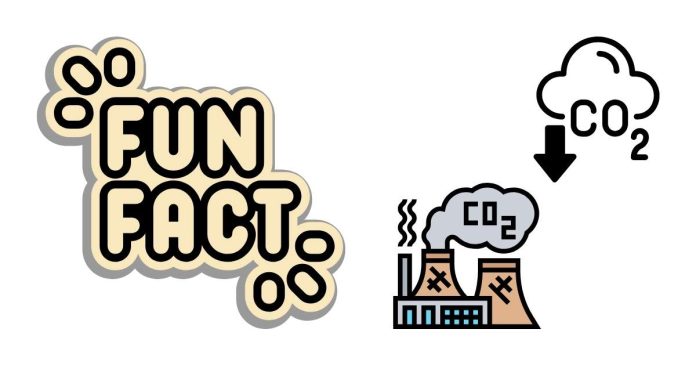Carbon, one of the most fundamental elements in the universe, is essential to life and has been known to humanity since ancient times. Unlike many other elements that were isolated and identified through modern scientific methods, carbon has always been a part of human history and daily life. Its “discovery” is more of a gradual understanding rather than a single event.
Ancient Awareness of Carbon
Carbon is found in various forms in nature, such as charcoal, soot, and diamond. Early humans used carbon unknowingly in the form of charcoal for cooking and heating. Cave paintings, dating back tens of thousands of years, were often created using charcoal, demonstrating that early humans were familiar with its practical uses.
The concept of carbon as a distinct substance began to emerge in ancient civilizations. Around 3750 BCE, the Egyptians and Sumerians used charcoal in metalworking to reduce ores into metals like copper and bronze. While they didn’t understand the chemical nature of carbon, they were aware of its transformative properties in these processes.
The Scientific Understanding of Carbon
The modern understanding of carbon began to take shape during the 17th and 18th centuries as scientists started to investigate the nature of chemical substances.
In 1789, French chemist Antoine Lavoisier included carbon in his pioneering list of chemical elements in “Traité élémentaire de chimie” (Elementary Treatise on Chemistry). He identified carbon as an element and demonstrated that diamond and charcoal are both composed of carbon through combustion experiments.
In the early 19th century, English chemist Humphry Davy further advanced the understanding of carbon’s properties. By using an electric arc to heat graphite, Davy demonstrated that graphite and diamond are different forms of the same element.
Carbon’s Unique Allotropes
One of carbon’s most fascinating aspects is its ability to exist in multiple forms, known as allotropes. These include:
- Graphite: A soft, black material used in pencils and as a lubricant.
- Diamond: The hardest natural material, prized for its brilliance and use in cutting tools.
- Amorphous Carbon: Found in substances like charcoal and soot.
- Fullerenes and Graphene: Discovered in the late 20th century, these forms of carbon have unique properties, making them valuable in nanotechnology and materials science.
While carbon does not have a specific “discovery date,” its recognition as an element and understanding of its unique properties evolved over centuries. From its use in ancient metalworking to modern applications in technology, carbon remains one of the most versatile and essential elements known to humanity. Its story reflects the progression of human knowledge, from practical use to scientific inquiry and beyond.


